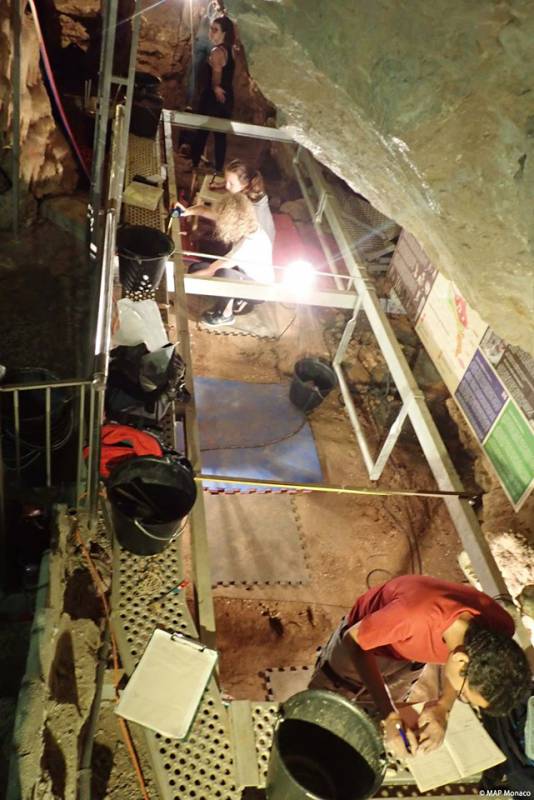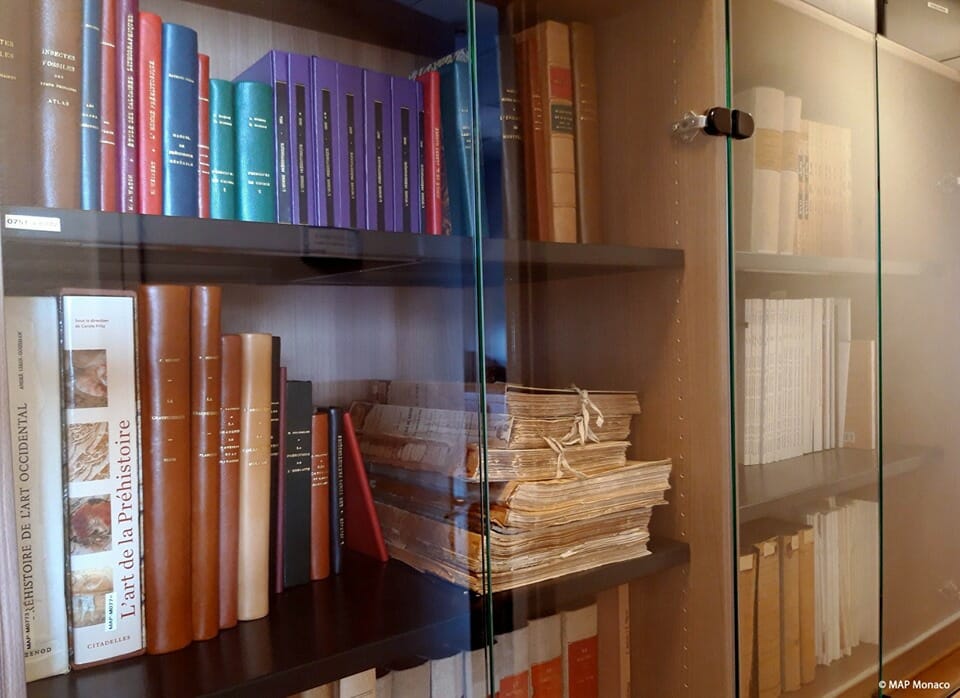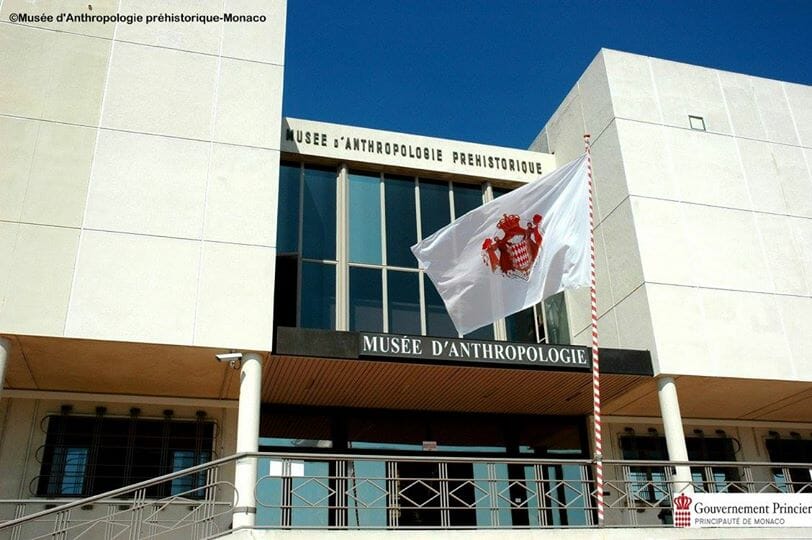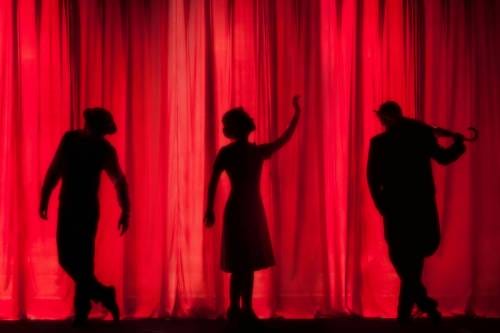We know a lot about 1297 and in particular January 8th of that year. It was the date when Francois the Malizia (Francesco Grimaldi) disguised as a monk, with a sword beneath his robes, penetrated the fort on the Rock occupied by the Genoese, and freed Monaco from Genoa. It was the start of the Grimaldi Dynasty which has progressed now for over seven centuries.
But there is a still a lot to learn about Monaco’s history prior to 1297. For example, did you know that remains have been found in sites within Monaco of humans from over ten thousand years ago? Could you guess what is the most ancient of the human remains that have been found to-date? It goes back as far as twenty thousand years to the later Stone Age period and was discovered in 1900 and locked away. It is a prized treasure, the bone from the forearm of a child, kept in the Museum of Anthropology’s reserve archives.

The Museum of Prehistoric Anthropology was founded by Prince Albert I in 1902 “with a view to conserve the relics of primitive humanity excavated in the Principality and neighbouring regions”. It was established in its new premises (Exotic Garden) by Prince Rainier III in 1959. Both Princes had a thirst for knowledge about Monaco’s ancestors. Particularly with the Observatory Grotto of Saint Martin they knew they were sitting on an untapped store of priceless ancient treasures that are a Monegasque heritage and a heritage for all humanity too.
Fortunately, these archives which store these remarkable finds in drawers and glass topped cases are of renewed interest due to technological advances with Magnetic Resonance Imaging, analyses of DNA and a broadening powerful array of modern biochemical analyses. Nowadays, scientists have the expertise to take a fragment of human remains, a partial skull for example, and with sophisticated scientific instruments do analyses that reveal much about the person who lived thousands of years ago.
Elena Notter is Director of the Museum of Anthropology of Monaco. The Museum benefit from flexibility in Monaco’s building site regulations. When a developer finds a historic anthropological treasure in the process of excavating a work-site he does not automatically have to shut the work-site down. On the contrary many developers cooperate immediately with the Museum and call if they find an interesting bone or artefact. Reportedly when creating the new turtle area and pond at the Oceanographic Museum, excavations uncovered a number of historically interesting artefacts, one going back to 1773, though no Stone Age treasures on that particular occasion.

Monaco’s Observatory Grotto “Saint Martin” itself does have a treasure trove of discoveries from the Stone Age onwards when humans roamed the Rock’s vicinity. There are also finds going back to the Ice Age whose very beginning dates back 2.4 million years. Discoveries continue with each new archaeological dig. We know from skeletal remains that eleven thousand years ago it wasn’t pirates that our ancestors had to fend off but an array of savage beasts. The Grotto reveals frightening remains of lions, lynx, wolves and hyenas as well as non- threatening animals such as deer and ibex that would have been hunted.
The wealth of finds attracts serious scientists and anthropologists such as Matteo Romandini from the University of Bologna. He and his colleagues are studying special specimens among Monaco’s rich inventory. Reportedly there is a skull that is being analysed with the help of experts in Italy and Spain. Analyses including DNA will yield not just the sex, but the colour of the person’s hair and colour of the eyes. They can detect illnesses and believe it or not they have the ability to reconstruct an image of the individual from a skull fragment.
There is an exciting Expo planned in 2020 where just such a reconstruction is planned to be exhibited. For the first time you will be able to see an original historic inhabitant of Monaco “teleported” metaphorically into today’s world. And the best treasures from all those drawers and glass cases in the archives will at last be on show for us all to see. We can join Elena Notter and her team and be anthropologists with them.









